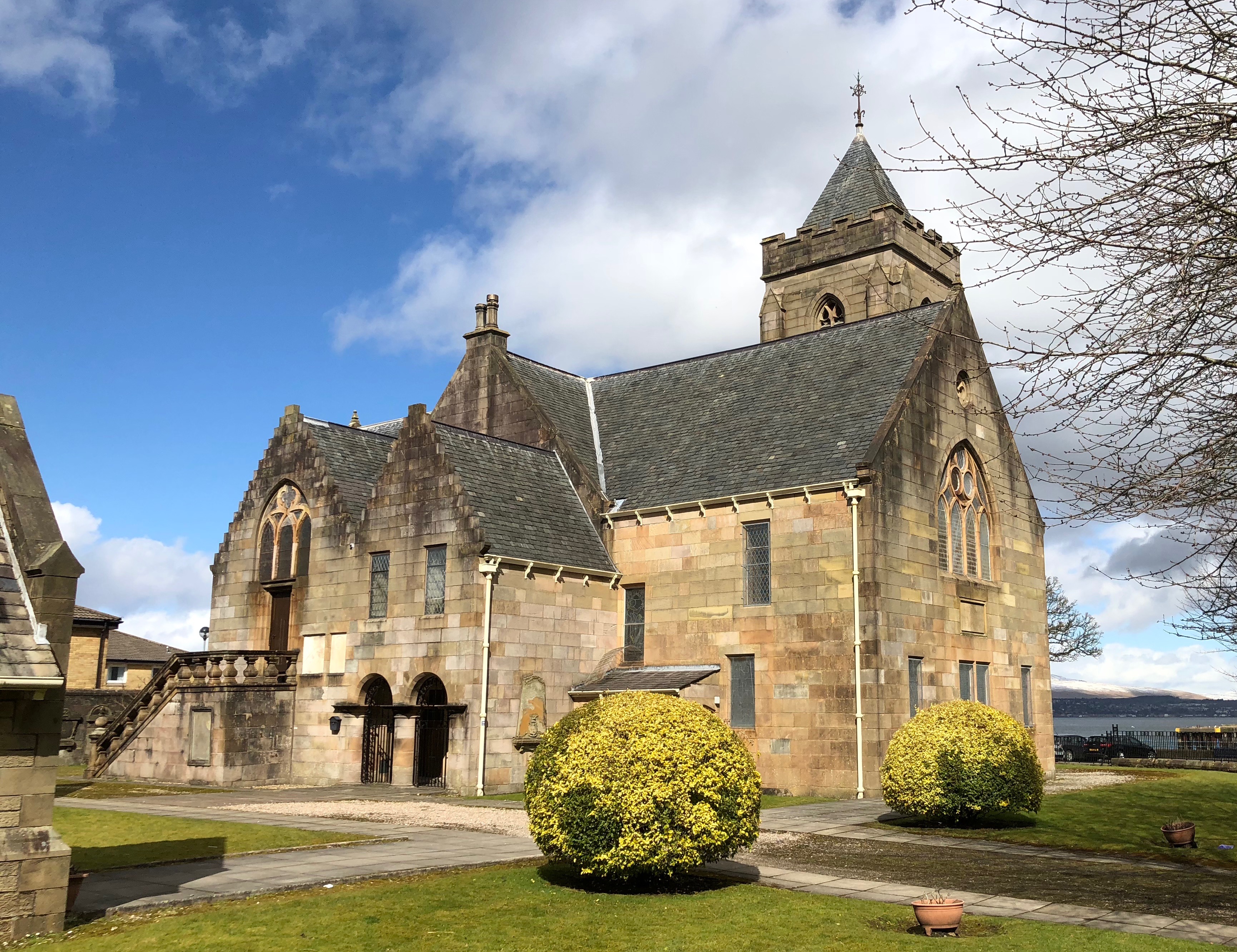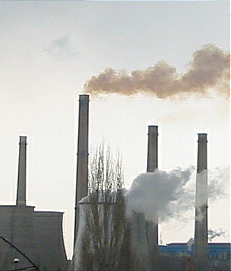|
Dales Marine
Dales Marine Services is a ship repair and maintenance company, operating 5 dry docks in the UK. History Dales Marine was founded in 1987 by Maurice Nicol as a fabrication and repair of large industrial equipment, based in Peterhead, Aberdeenshire. The business expanded into ship repair and maintenance in the 2000s with a site at the dry dock in Aberdeen Harbour. In 2020, the business was sold to H2 Equity Partners, an investment firm, in a process facilitated by Corbett Keeling. Services Dales Marine operate dry docks in Aberdeen, Leith, Greenock, Troon, and Grangemouth providing the full range of repair, maintenance, steelwork construction and fabrication services. They are the only company in Scotland licensed by Scottish Environment Protection Agency to provide ship decommissioning services. In January 2021, Dales announced a 4-year contract to maintain 19 CalMac Caledonian MacBrayne ( gd, Caledonian Mac a' Bhriuthainn), usually shortened to CalMac, is the major operat ... [...More Info...] [...Related Items...] OR: [Wikipedia] [Google] [Baidu] |
Aberdeen
Aberdeen (; sco, Aiberdeen ; gd, Obar Dheathain ; la, Aberdonia) is a city in North East Scotland, and is the third most populous city in the country. Aberdeen is one of Scotland's 32 local government council areas (as Aberdeen City), and has a population estimate of for the city of Aberdeen, and for the local council area making it the United Kingdom's 39th most populous built-up area. The city is northeast of Edinburgh and north of London, and is the northernmost major city in the United Kingdom. Aberdeen has a long, sandy coastline and features an oceanic climate, with cool summers and mild, rainy winters. During the mid-18th to mid-20th centuries, Aberdeen's buildings incorporated locally quarried grey granite, which may sparkle like silver because of its high mica content. Since the discovery of North Sea oil in 1969, Aberdeen has been known as the offshore oil capital of Europe. Based upon the discovery of prehistoric villages around the mouths of the ... [...More Info...] [...Related Items...] OR: [Wikipedia] [Google] [Baidu] |
Transport
Transport (in British English), or transportation (in American English), is the intentional movement of humans, animals, and goods from one location to another. Modes of transport include air, land ( rail and road), water, cable, pipeline, and space. The field can be divided into infrastructure, vehicles, and operations. Transport enables human trade, which is essential for the development of civilizations. Transport infrastructure consists of both fixed installations, including roads, railways, airways, waterways, canals, and pipelines, and terminals such as airports, railway stations, bus stations, warehouses, trucking terminals, refueling depots (including fueling docks and fuel stations), and seaports. Terminals may be used both for interchange of passengers and cargo and for maintenance. Means of transport are any of the different kinds of transport facilities used to carry people or cargo. They may include vehicles, riding animals, and pack animals. Vehicl ... [...More Info...] [...Related Items...] OR: [Wikipedia] [Google] [Baidu] |
Ship Repair
Shipbuilding is the construction of ships and other floating vessels. It normally takes place in a specialized facility known as a shipyard. Shipbuilders, also called shipwrights, follow a specialized occupation that traces its roots to before recorded history. Shipbuilding and ship repairs, both commercial and military, are referred to as " naval engineering". The construction of boats is a similar activity called boat building. The dismantling of ships is called ship breaking. History Pre-history The earliest known depictions (including paintings and models) of shallow-water sailing boats is from the 6th to 5th millennium BC of the Ubaid period of Mesopotamia. They were made from bundled reeds coated in bitumen and had bipod masts. They sailed in shallow coastal waters of the Persian Gulf. 4th millennium BC Ancient Egypt Evidence from Ancient Egypt shows that the early Egyptians knew how to assemble planks of wood into a ship hull as early as 3100 BC. Egyp ... [...More Info...] [...Related Items...] OR: [Wikipedia] [Google] [Baidu] |
Peterhead
Peterhead (; gd, Ceann Phàdraig, sco, Peterheid ) is a town in Aberdeenshire, Scotland. It is Aberdeenshire's biggest settlement (the city of Aberdeen itself not being a part of the district), with a population of 18,537 at the 2011 Census. It is the biggest fishing port in the United Kingdom for total landings by UK vessels, according to a 2019 survey."Brexit trade deal: What does it mean for fishing?" - BBC News, December 2020 Peterhead sits at the easternmost point in mainland Scotland. It is often referred to as ''The Blue Toun'' (locally spelled "The Bloo Toon") and its natives are known as ''Bloo Touners''. They are also referred to as ''blue mogganers'' (locally spelled "bloomogganners"), supposedly from the blue worsted ... [...More Info...] [...Related Items...] OR: [Wikipedia] [Google] [Baidu] |
Aberdeen Harbour
Aberdeen Harbour, rebranded as the Port of Aberdeen in 2022, is a sea port located in the city of Aberdeen on the east coast of Scotland. The port was first established in 1136 and has been continually redeveloped over the centuries to provide a base for significant fishing and ship building industries. Since the 1970s it has provided support to the offshore oil and gas industry operating in the North Sea and it is the main commercial port in the north east of Scotland. History 12th to 16th century A port has existed at Aberdeen since at least the 12th century, with the first recorded reference being from 1136, when King David I of Scotland permitted the Bishops of Aberdeen the right to charge a tithe on all vessels visiting the port. Located on the estuary of the River Dee, the area initially comprised sandbanks and waterlogged marshes. At that time the river entered the area from the south west on a northerly course before turning eastwards towards the sea, featuring ... [...More Info...] [...Related Items...] OR: [Wikipedia] [Google] [Baidu] |
Leith
Leith (; gd, Lìte) is a port area in the north of the city of Edinburgh, Scotland, founded at the mouth of the Water of Leith. In 2021, it was ranked by ''Time Out'' as one of the top five neighbourhoods to live in the world. The earliest surviving historical references are in the royal charter authorising the construction of Holyrood Abbey in 1128 in which it is termed ''Inverlet'' (Inverleith). After centuries of control by Edinburgh, Leith was made a separate burgh in 1833 only to be merged into Edinburgh in 1920. Leith is located on the southern coast of the Firth of Forth and lies within the City of Edinburgh Council area; since 2007 it has formed one of 17 multi-member wards of the city. History As the major port serving Edinburgh, Leith has seen many significant events in Scottish history. First settlement The earliest evidence of settlement in Leith comes from several archaeological digs undertaken in The Shore area in the late 20th century. Amongst the f ... [...More Info...] [...Related Items...] OR: [Wikipedia] [Google] [Baidu] |
Greenock
Greenock (; sco, Greenock; gd, Grianaig, ) is a town and administrative centre in the Inverclyde council area in Scotland, United Kingdom and a former burgh within the historic county of Renfrewshire, located in the west central Lowlands of Scotland. It forms part of a contiguous urban area with Gourock to the west and Port Glasgow to the east. The 2011 UK Census showed that Greenock had a population of 44,248, a decrease from the 46,861 recorded in the 2001 UK Census. It lies on the south bank of the Clyde at the "Tail of the Bank" where the River Clyde deepens into the Firth of Clyde. History Name Place-name scholar William J. Watson wrote that "Greenock is well known in Gaelic as Grianáig, dative of grianág, a sunny knoll". The Scottish Gaelic place-name ''Grianaig'' is relatively common, with another (Greenock) near Callander in Menteith (formerly in Perthshire) and yet another at Muirkirk in Kyle, now in East Ayrshire. R. M. Smith in (1921) described the alternat ... [...More Info...] [...Related Items...] OR: [Wikipedia] [Google] [Baidu] |
Troon
Troon is a town in South Ayrshire, situated on the west coast of Ayrshire in Scotland, about north of Ayr and northwest of Glasgow Prestwick Airport. Troon has a port with freight services and a yacht marina. Up until January 2016, P&O operated a seasonal ferry service to Larne. In May 2006, a ferry service to Campbeltown was added, although this was withdrawn the following year. In the 2001 census the population of Troon, not including the nearby village of Loans but including the Barassie area, was estimated at 14,766, a 4.77% increase on the 1991 estimate of 14,094. Name The name ''Troon'' is likely from a Brythonic or Pictish name cognate with Welsh ("nose, cape"). When Scottish Gaelic became the main language, it is possible that the Gaelic form (; "the nose") was used for the name Troon. Since the words ''sròn'' and ''trwyn'' are cognate, it could have been easily adapted from one language to the other. This is similar to the Gaelic name of Stranraer (''An t-Sròn ... [...More Info...] [...Related Items...] OR: [Wikipedia] [Google] [Baidu] |
Grangemouth
Grangemouth ( sco, Grangemooth; gd, Inbhir Ghrainnse, ) is a town in the Falkirk council area, Scotland. Historically part of the county of Stirlingshire, the town lies in the Forth Valley, on the banks of the Firth of Forth, east of Falkirk, west of Bo'ness and south-east of Stirling. Grangemouth had a resident population of 17,906 according to the 2001 Census. Preliminary figures from the 2011 census reported the number as 17,373. Grangemouth's original growth as a town relied mainly on its geographical location. Originally a bustling port, trade flowed through the town with the construction of the Forth and Clyde Canal in the 18th century. Nowadays, the economy of Grangemouth is focused primarily on the large petrochemical industry of the area which includes the oil refinery, owned by Ineos, one of the largest of its kind in Europe. The town is twinned with La Porte, Indiana. Residents of the town are known as Portonians. History Grangemouth was founded by Sir La ... [...More Info...] [...Related Items...] OR: [Wikipedia] [Google] [Baidu] |
Scottish Environment Protection Agency
The Scottish Environment Protection Agency (SEPA; gd, Buidheann Dìon Àrainneachd na h-Alba) is Scotland's environmental regulator and national flood forecasting, flood warning and strategic flood risk management authority.Environment Act (1995). (c.2), London, HMSO ccessed 29 April 2010 Its main role is to protect and improve Scotland's environment. SEPA does this by helping business and industry to understand their environmental responsibilities, enabling customers to comply with legislation and good practice and to realise the economic benefits of good environmental practice. One of the ways SEPA does this is through the [...More Info...] [...Related Items...] OR: [Wikipedia] [Google] [Baidu] |
Caledonian MacBrayne Fleet
The Caledonian MacBrayne fleet is the largest fleet of car and passenger ferries in the United Kingdom, with 34 ferries in operation, 2 on charter and another 6 on order. The company provides lifeline services to 23 islands off the west coast of Scotland, as well as operating routes in the Firth of Clyde. Caledonian MacBrayne (CalMac) vessels can be readily identified by their black hulls and white superstructures. They have red funnels with black caps that display the Lion Rampant badge with masts in buff. The fleet can be categorised into various groups. Vessels are owned by the asset holding company Caledonian Maritime Assets Limited, which is in turn wholly owned by the Scottish Government. Groups of vessels Major units There are presently ten vessels over in length in the CalMac fleet: , , , , , , , , , and . These vessels usually operate on the longer crossings, with high passenger numbers. , at in length the largest vessel in the fleet, operates on the Ullapool ... [...More Info...] [...Related Items...] OR: [Wikipedia] [Google] [Baidu] |


.png)






